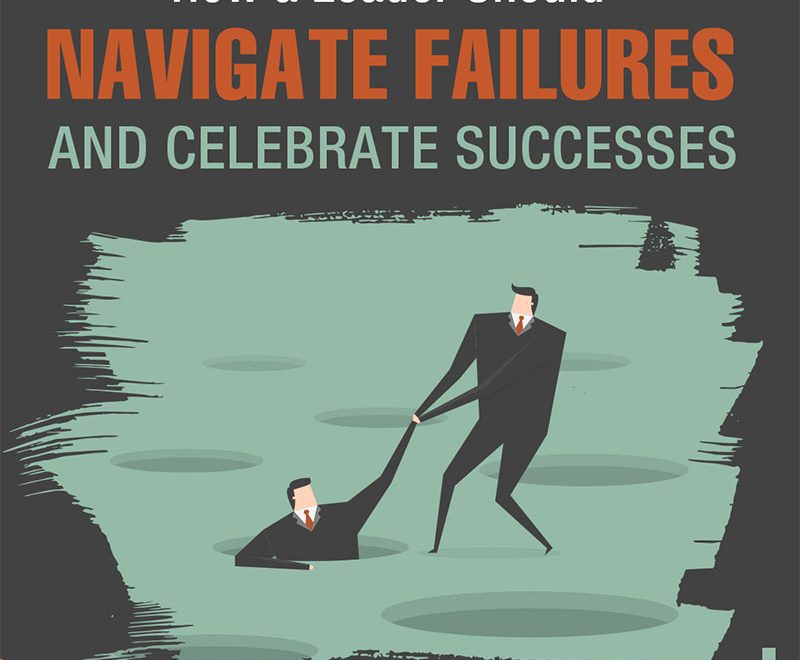Emotional intelligence (EI) is often overlooked, yet it’s an essential trait for any effective leader. Cultivating EI can not only transform your leadership style but also significantly enhance team dynamics and overall performance. Let’s delve into the importance of emotional intelligence and ways to foster it for effective leadership.
1. Recognizing the Value of Emotional Intelligence
Every leader must prioritize and appreciate the role of emotional intelligence in leadership. The process begins with self-recognition. A leader must be in touch with their own emotions to understand and connect with those of others. Disregarding the importance of EI will hinder your potential as a leader and stifle the growth of your team.
2. Importance of Self-care and Stress Management
Our decision-making abilities, particularly the executive functions of our brain, are compromised when we are stressed or anxious. As a leader, it’s vital to manage personal stress, allowing you to approach situations with clarity. Remember, understanding your emotions forms the foundation of emotional intelligence. By ensuring your mental well-being, you set the stage for better understanding and empathizing with your team.
3. Trusting Your Gut
Emotional intelligence isn’t just about identifying emotions; it’s also about following your instincts. Complex decisions often involve myriad variables, and sometimes, it’s your gut feeling that provides the best guidance. Harnessing this innate human ability helps leaders navigate intricate scenarios and make informed choices.
4. Embracing Emotions
Leaders often hesitate to show vulnerability. The fear of appearing weak or unsure might hold you back from expressing how you genuinely feel. However, recognizing emotions as natural, ever-changing entities is vital. Think of emotions as waves. If you surrender to the wave, allowing it to guide you, you’ll navigate it seamlessly. If you resist, it can overwhelm you. Embrace your feelings, understand their origin, and use them as tools rather than obstacles.
5. Utilizing Plutchik’s Wheel of Emotions
Robert Plutchik’s wheel categorizes the eight fundamental emotions and their combinations. Familiarize yourself with this tool to better comprehend and articulate your feelings. Recognizing that it’s normal to experience mixed emotions is liberating. As with any skill, mastery comes with practice. Engage with your emotions regularly, and you’ll become adept at identifying and using them constructively.
6. Emotions: The Untapped Superpower
Often, in professional settings, emotions are viewed as a detriment. However, they’re an innate part of our human experience and can serve as powerful allies. Emotions can aid our decision-making, providing insights logic might miss. By acknowledging and leveraging emotions, leaders can make more balanced and holistic decisions.
In conclusion, emotional intelligence is much more than just a buzzword. It’s a vital skill set that leaders must nurture for their personal growth and the success of their teams. By being in touch with emotions, both yours and those of your team, you can lead more effectively and foster a collaborative, understanding, and high-performing work environment.







